I’m probably going to be a little controversial here…
A lot of people ask me about equipment and settings, Photoshop editing and all manner of “technical stuff.”
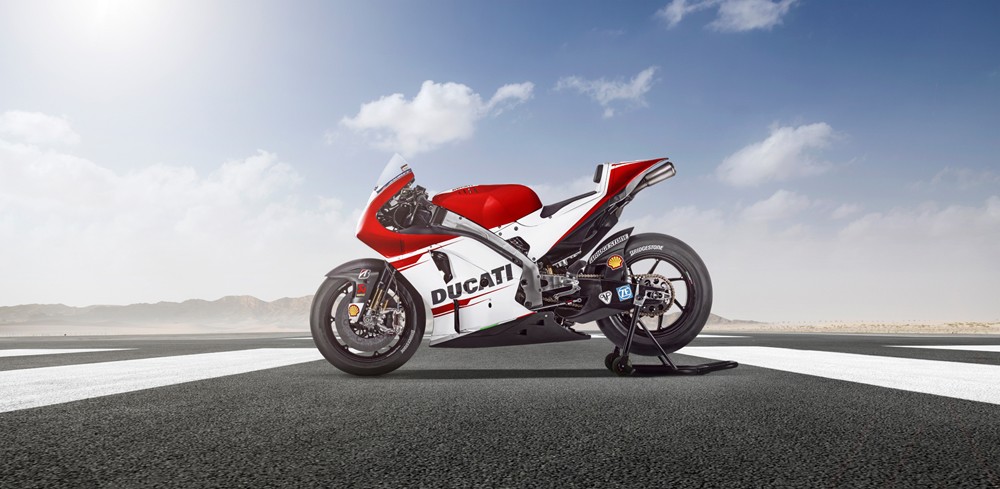
I also get asked a lot about my top advice for taking better pictures, and the answer isn’t a plug-in or a shiny new camera. I find it funny that when somebody outside our trade asks about a great picture they’ve seen, that as photographers, we often answer that the camera is just a “tool,” and no camera can make you take better pictures. When I see photographers discussing images online, however, people often bang on about what settings, model of camera, lens, and f-stop were used, and chewing on about if they’d used this or that, and why don’t they use this or that.
My thoughts on this are simple, and after recently reading one such exchange, I wanted to write something here on what I personally think.
My best advice if you want to shoot better pictures is simple: shoot more; shoot, shoot, shoot; and then shoot some more. Like most skills in life, especially the creative-natured ones, some people have a natural leaning toward something and some don’t. Regardless of this, photography can and is sometimes quite technical. Over the years, it’s become even more technical with lots of new cameras, lighting, and digital editing options open to us.
This is all great, but I wonder if we sometimes allow ourselves to get so overwhelmed by the technical aspects that it to detracts from how and what we’re actually shooting. People just starting in photography can often get put off by all the “stuff” that they feel that they need to learn. Just choosing a camera system these days can be a nightmare, especially if you put something on social media about it: “Oh, that was a mistake; you should have bought this one or that one.”
So many people these days seem a little obsessed with the latest shiny thing, and they forget that photography comes from the heart. It’s a creative act, and no matter what shiny thing you use, the best image will always come from your heart and not what you’re holding in your hand.
It’s a bit like riding a bike. You can watch endless YouTube videos and read books about it, but if you’ve never actually been on a bike, then guess what will happen when you actually do get on one. Then when you decide it’s time to buy your first bike, you love the look of the new shiny red one, and all your friends tell you the red one is the one you need. So you save your hard-earned money and go off to the store to buy it, but when you arrive, they have a shiny new blue bike that’s apparently faster and does more stuff. An utter nightmare! What do you do?
It takes on average of 10,000 hours to start to master a skillset so that it becomes second nature. This is pretty important in photography because by being able to shoot and work through the technical stuff in second-nature mode, you can place your attention on what you’re shooting, how you want to shoot it, and why you want to shoot it. You become more creative. I often tell people in seminars that one of the best things they can do when they start shooting is to tape up the back screen on their cameras so that they can’t see what they’ve shot. This often raises a few pulses, but many of us started on film, and we couldn’t check the image instantly on the back of our cameras. We had to think about what we were doing, and by not seeing the images as we captured them, we were more focused on what was going on through the viewfinder.
There’s no point in learning the complexities of how to make a watch if you haven’t bothered to learn how to tell the time.
Photography is a skill, it’s a craft, and I’m passionate about that. I often hear, “Hey, you must have a great camera to shoot images like that.” We’ve all heard that before, and it annoys us, but in a way perhaps we’ve helped to create this false importance around equipment and settings.
I don’t really believe that you need to check every frame you shoot “just in case its half a stop under” when you use a modern camera with a massive dynamic range and have editing tools that can pull a image out of a black hole. Back in the day, we did commercial shoots on transparency film, which did need to be spot on. And to be honest, lighting gear was pretty crappy back then, so it was tough waiting a whole day to hear from the lab that the color balance was all okay, but we all did it.
So what am I getting at? Embrace the technology, the new equipment, and all that goes with that, but don’t think that you need the latest thing all the time, because you don’t. What you really need is to get out there and shoot—build up that 10,000 hours of experience and knowledge so you instinctively know what works and what doesn’t. Concentrate on what’s happening through the viewfinder, and then decide how you’re going to put it all together. Connect…
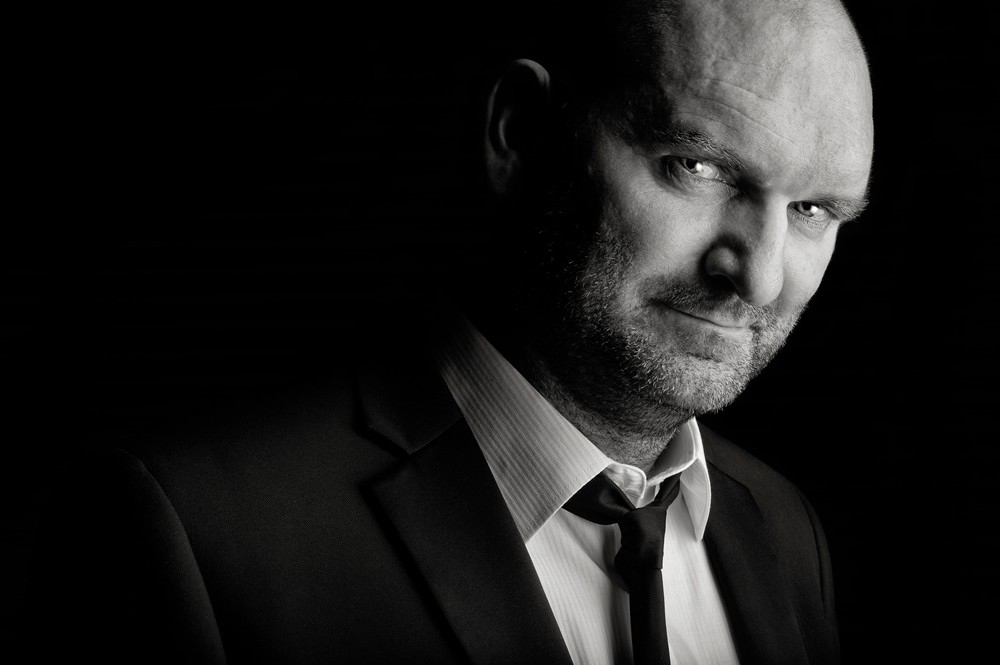
When I start a shoot, I already know what I want to achieve, and I mostly have the finished image in my mind. Years ago, I struggled to get what was in my mind into the camera, but as the years went on, I found that I could do this better and better, and these days, I pretty much don’t even think about the technical stuff when I shoot. I just get on with it and focus on what’s happening in front of me. Don’t get me wrong. I’m not a great photographer and would never profess to be, but I’m happy with what I’m creating, and I can see myself improving as my experience grows.
I think that I started to shoot in “auto pilot” about two years ago, and I shoot a lot. It took me a good many years to get to that point. It possibly took me longer than most because I’m a bit thick. LOL
I love photography and I love our craft; it’s a profession that requires a lot of skill and practice.
I really hope that the equipment doesn’t overtake that and that society will clearly see that a “photographer” and a “camera owner” are not the same thing.
Just my view, of course.
Tim Wallace
Check out Tim’s classes on automotive photography, post processing, lighting, and business at KelbyOne. You can see more of Tim’s work at AmbientLife.co.uk, and follow him on Instagram, Facebook, Twitter,LinkedIn, and Behance.

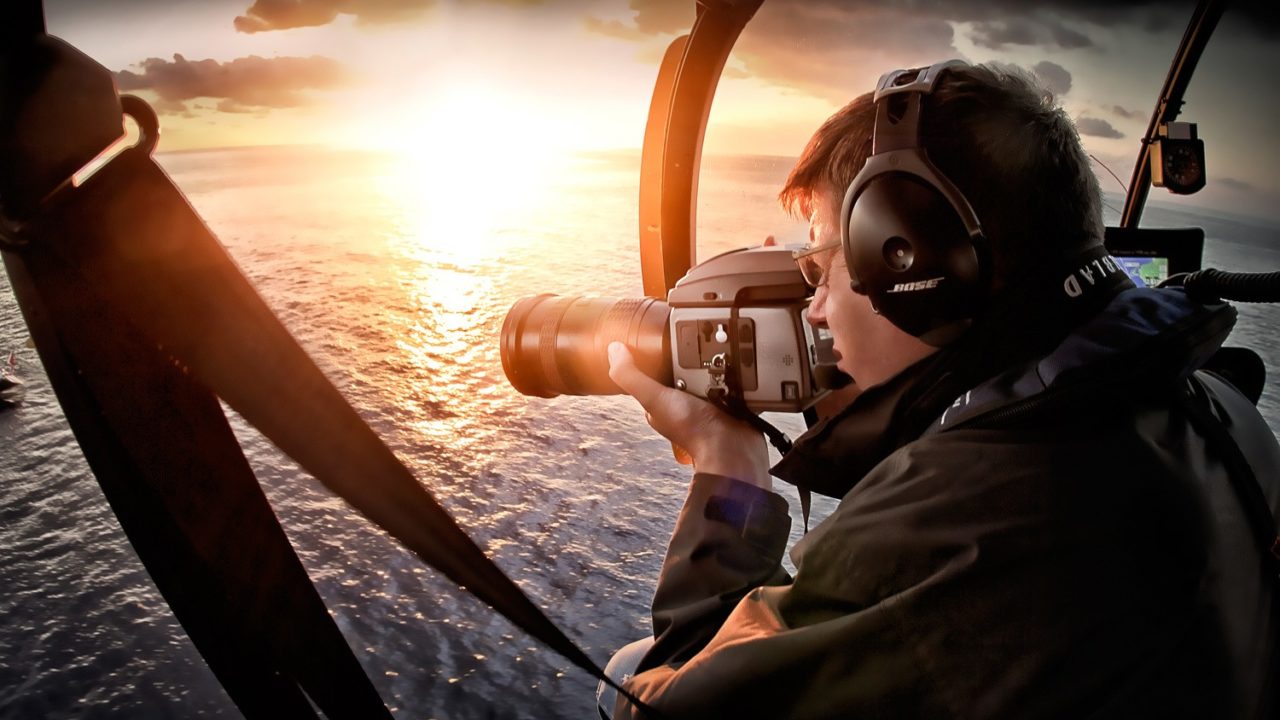













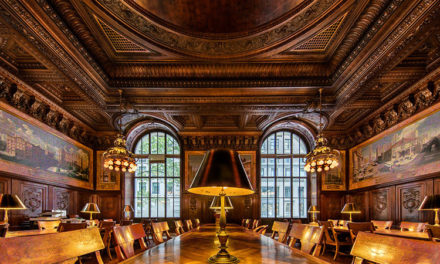
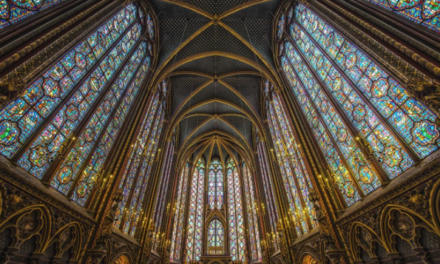

Like this quote, “It is an illusion that photos are made with the camera… they are made with the eye, heart and head.” – Henri Cartier-Bresson
Thank you Tim for your honesty.
Such a great quote!
I love that quote too. I heard it like this once, “From the head through the heart and out the hands”.
So recently I was in a photography workshop and I had a great time, but one participant was a bit of a pill. I said I had recently upgraded my camera, my old one was ten years old, which is lightyears in tech time and I was quite happy with it. This participant turned to me and said, “well, when you’re a serious photographer, you’ll learn that it’s better to spend money on lenses.” Welllllll Snobby Sandy, I always figured the photographer made the image. She didn’t end up sharing any of her shots because she couldn’t figure out how to use her computer.
Don’t pay attention to comments like that. As long as you’re out there flexing your creativity and producing images, you’re a photographer. Keep doing what you’re doing, Crystal!
This is a really great article, thank you! When I review other photographers work that I really like, the first thought in my mind is not what equipment do they own, I am just envious of the composition and wonder if I could ever be that good to even THINK of capturing a shot like that! But to be truthful, I realize that I just do not get out enough and take photos. When I shoot a lot I do get into a zone and the photos that I want to take just get easier.
Now… I have to say this, but I did notice that the first photo in article (which I have to assume is you) and you are using a Hasselblad camera. I not sure what model you have there, but I know that these cameras range in price from $1oK to $50K+. So equipment is important, as I am a proud owner of a Nikon D850 and I feel that this is the last camera I will ever buy, but we just can’t make it the MOST important. Great photographers take great photos because they have worked at it….A LOT!!
An excellent article Tim. One that resonates with what I struggle with in numerous conversations after years in the industry. Love the quotes and honesty. More articles like these please!
Great article, sir. Thank you for sharing your thoughts. Sounds exactly right to me.
Great advice and so very true. Thanks for an interesting perspective.
Also, the pictures of the E type Jaguar and the last Aston Martin are incredible.
Dear Mr. Wallace,
We met at this year’s Photoshop world in Orlando when you reviewed my portfolio.
I’ve traveled out from Florida again this summer and have time to dig into the many corners of KellyOne. To my delight I have come across this article.
As I read I heard your voice in my head, in fact just about ever time now that I shoot I think about your words of encouragement to find my style!
Thank you for your direct and honest wise words.
Thank you Tim for this great article! As a new photographer, you have focused me on what it truly important to be a great photographer. Excellent article! Keep them coming!
I was blessed enough last year to afford a used Canon 6DmkII that I LOVE. I also had a 60D and a 50D. When my little brother started into photography in anticipation of a graphics art class this summer, I sent him the 50D, a 17-85, and a 55-200. He hit the ground running full bore. I am so proud of how he is just absorbing everything. He is a chef at a major resort on the east coast so he has a lot of time to practice. I also can’t believe how much I have learned. It seems like things are just flying out. We live on different coasts so we can”t wait to get together after this thing for a shoot.